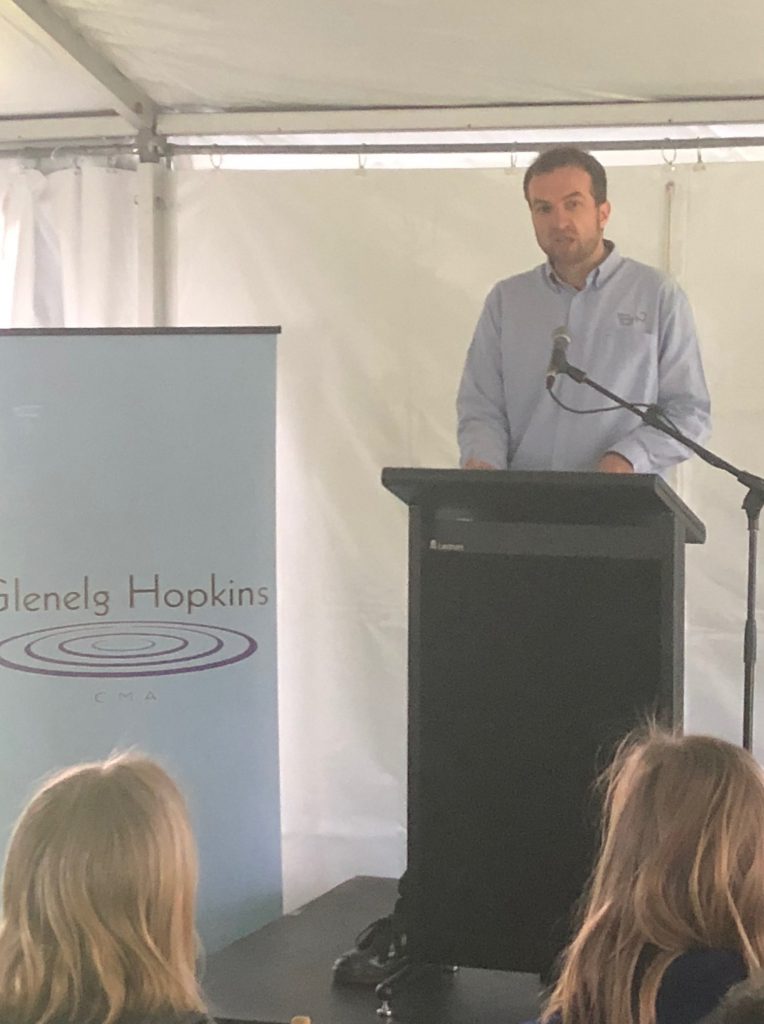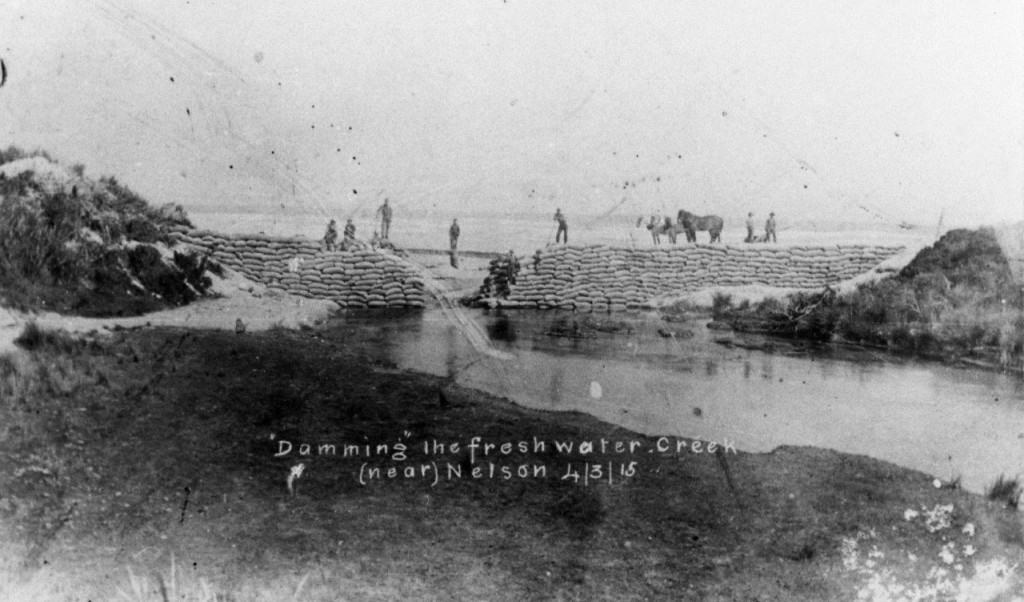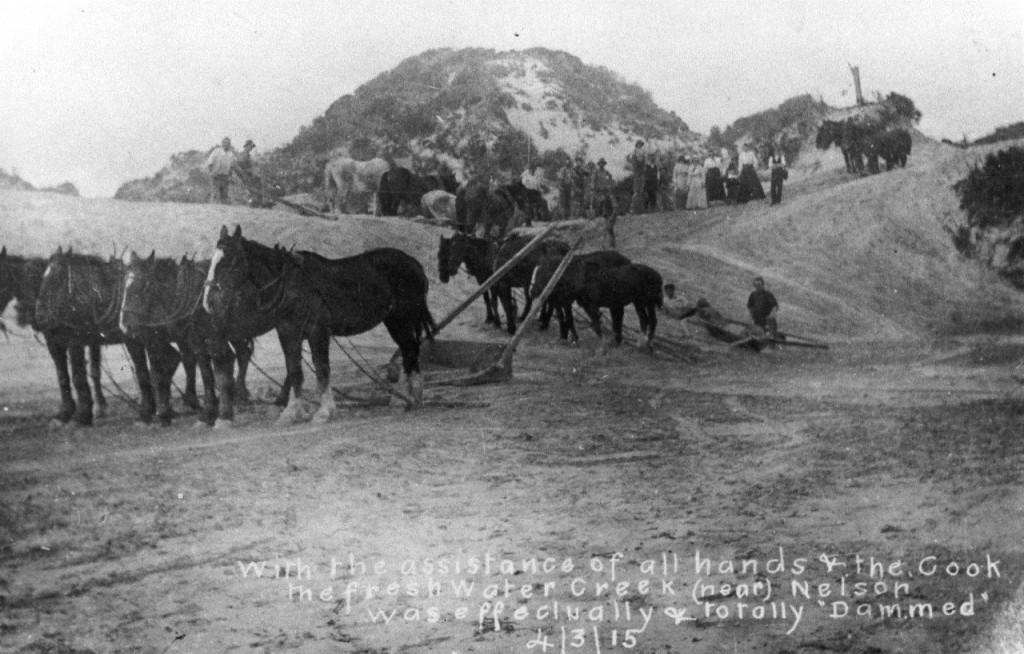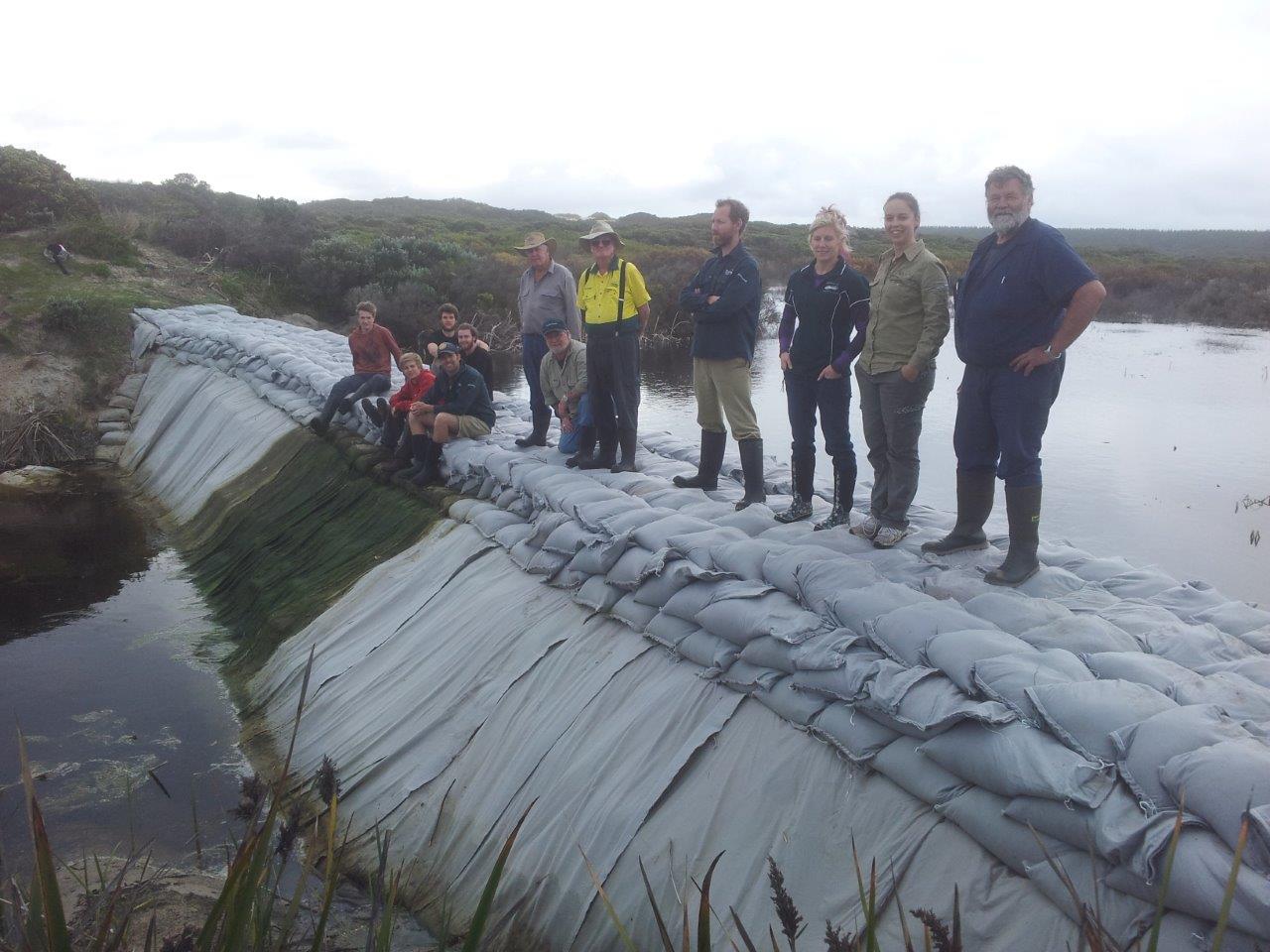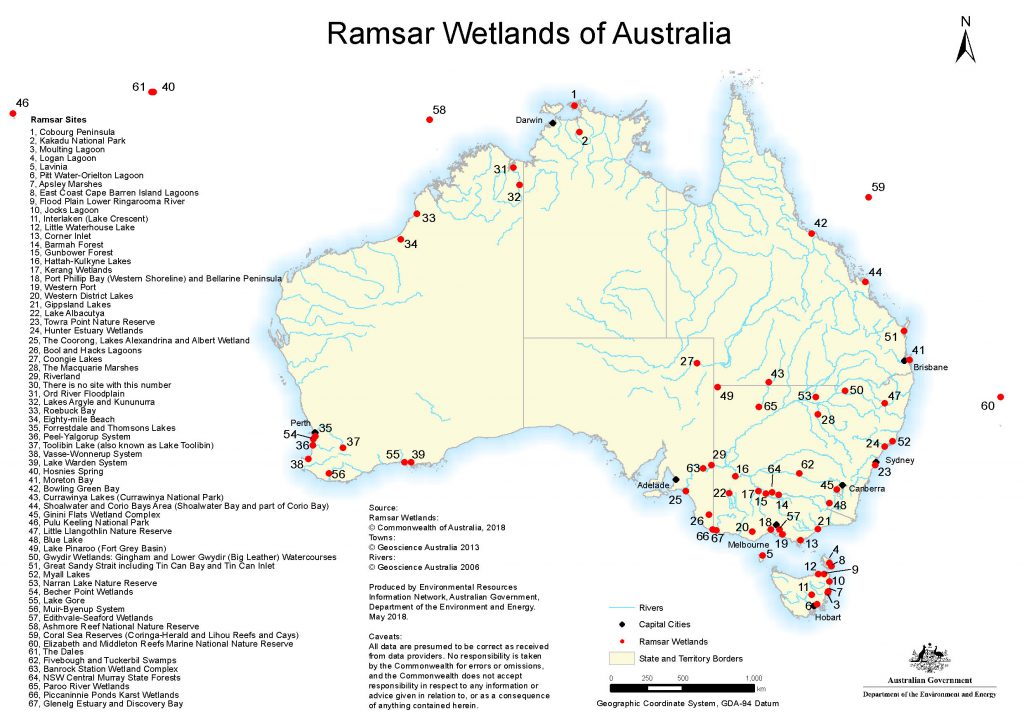Celebrating international recognition for the Glenelg River estuary and wetlands of Discovery Bay
A few weeks ago I had the pleasure and privilege of being invited by the Glenelg Hopkins CMA and the Nelson Coast Care Group, to speak on behalf of the local community at the public celebration for the recent listing of the Glenelg Estuary and Discovery Bay, as Australia’s 66th wetland of international importance under the Ramsar convention.
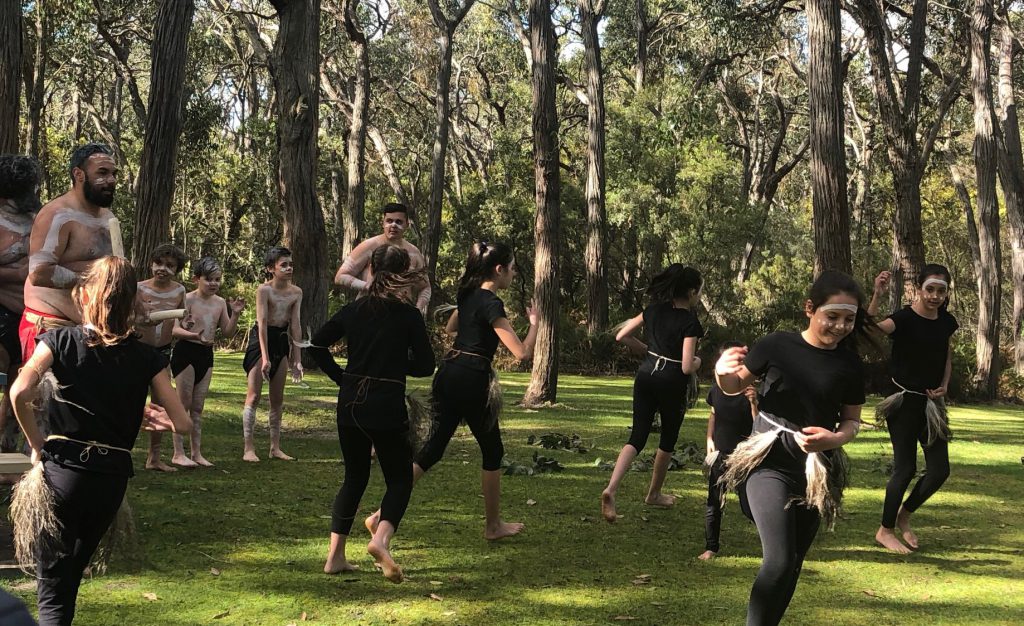
Koondoom Yarkeen Karweeyn dancers perform as part of the Welcome to Country. Image courtesy of the Glenelg Hopkins CMA,
After a traditional welcome to country, including smoking ceremony and performance by the Koondoom Yarkeen Karweeyn dancers, a series of speeches to 50 invited guests reflected on the collective community achievement that has seen the Glenelg Estuary and Discovery Bay join the neighboring Piccaninnie Ponds Karst Wetlands (in adjacent South Australia) as Australia’s two most recently listed wetlands under the Ramsar Convention.
A short article in the Border Watch last week summed up the day’s events, which you can view by clicking here to download.
For all those who weren’t there, I have been asked by a few people if I would share what I said on behalf of the local community on the day, which I have reproduced below:
Good afternoon everyone.
I am proudly speaking to you today on behalf of the local community, to celebrate the listing of the Glenelg River Estuary and Discovery Bay, as a Ramsar site of International Importance.
By way of introduction, if you want to get a sense for what the Glenelg River truly means to the people in and around Nelson, there are two events that occurred, 100 years apart, that I think define both the spirit of the people, and their passion for the river.
Back in 1906, an act of sabotage interrupted permanent freshwater flows from Piccaninnie Ponds into the estuary, creating a new outlet into the sea near the state border.
Concerned by the immediate impact on fishing in the river, the local community lobbied two state governments for 9 years, seeking remedial action.
Eventually, their persistence paid off, and the works to block the outlet and re-instate those flows to the river were finally approved.
However, when it came to getting the job done in early 1915, the contractors struggled with the scale of the task, and it got the better of them at their first attempt.
So the whole town stepped in.
At the time, Mr J Holloway of Nelson recalled:
“an army of local folks assisted. In all, about 1000 tonnes of sandbags and sand were used in the dam, and the contractor could not have completed the work if not for the gratuitous assistance of the residents.”
For the next 2 years, permanent spring flows from South Australia back into the estuary were restored, and the story of that community effort became part of local folklore.
It also inspired our efforts exactly 100 years later, when Nature Glenelg Trust called on the local community to help us restore flows from Long Swamp to the estuary, on the opposite side of the River.
The freshwater flows from this important wetland had been interrupted since the 1930s.
Three stages of work occurred over about 20 days involving over 60 local volunteers from a wide range of community groups – including Nelson Coast Care, the Friends of the Great South West Walk and the Nelson Men’s Shed – with the support of the Gunditjmara Traditional Owners, Parks Victoria, the Glenelg Hopkins CMA and DELWP.
The main structure built in 2015 on the artificial outlet at Noble’s Rocks consists of over 7000 sandbags – and we built it by hand, from scratch, by working together.
Since then, monitoring has shown that from a water management point of view, as a direct result of that work, Long Swamp is now in the best shape it has been in for decades, and Eel Creek is again reliably flowing into the Glenelg Estuary via Oxbow Lake.
I am also pleased to announce that as a result of a recent Victorian Government funding announcement, Nature Glenelg Trust has been awarded grant funding to reinstate a sand dune around the trial structure at Nobles Rocks in 2019.
This means that flows from Long Swamp to the River will be permanently restored – safeguarding this important component of the hydrology of the new Ramsar site.
Now in hindsight, all of this might sound simple enough, but projects like this don’t just happen overnight and they definitely don’t happen without passionate people driving them.
When I personally became more actively involved in the site in 2012, those people within this local community were Leila Huebner and Jim Ewing, ably supported by the Nelson Coast Care group, who have been actively involved every step of the way.
When I think back to that time, I still remember when Leila said to me “first we need to fix Long Swamp and then we need to get the whole area Ramsar listed, to link it with the new Piccaninnie Ponds Ramsar site”.
That day I made the commitment to Leila that we’d work with the Coast Care group to undertake the scientific work required to progress the restoration of Long Swamp, which to me seemed achievable.
But I also cautioned her about the incredible difficulty of setting such a lofty goal as achieving the Ramsar listing – especially considering that state government policy at the time was for no new Ramsar sites in Victoria.
But Leila was a force of nature, not to be deterred, and with the eventual support of our local member and Premier at the time, Denis Napthine, the commitment was made.
This was then backed up by hard work from so many people and organisations, especially the Glenelg Hopkins CMA, leading us here to celebrate today.
While sadly Leila is no longer with us, she did know this day was coming, and I am incredibly proud that we can now officially recognise the community vision for the River, Estuary and the wetlands of Discovery Bay that she shared and promoted so tirelessly.
And so, on behalf of the local community, welcome to our magnificent River, the Glenelg, and thank you for being here today to celebrate the International significance of the wetlands in our special little corner of Victoria.
As shown in the map below (click it to enlarge), the Glenelg Estuary and Discovery Bay and Piccaninnie Ponds Karst Wetlands are numbered 67 and 66 respectively (noting that there is no site #30) and join some of Australia’s most iconic wetlands by having the highest possible level of national and international recognition.
Now this is something truly special that we can all take great pride in!

